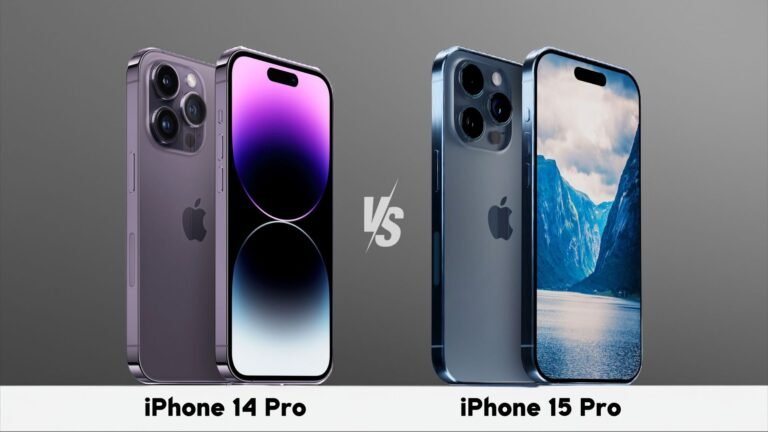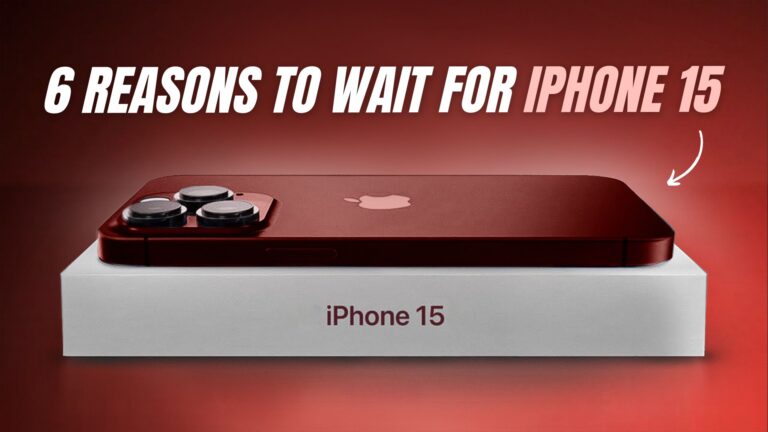The South Korean smartphone giants Samsung made an addition to their Galaxy family by introducing the all new S10 Plus on March 8, 2019. The product is placed in premium segment of the market, so its pretty clear Samsung didn’t have budgeting as their main objective. OnePlus didn’t take much time to reply and unveiled their 7 Pro on May 14, 2019 in the same premium segment.
The rivalry between Samsung & OnePlus has always produced some world-class devices . These 2 models are no different. OnePlus 7 Pro costs $669 for a base model with a 6 GB of RAM. On the other hand, the other contender S10 Plus officially starts at $1000 for the base model with 8 GB RAM.
The difference of $330 is quite enormous which can’t be ignored. So which phone is made to suit your needs? Lets find out through this quick and simplified comparison analysis.
 |  |
|---|---|
| Samsung S10+ | OnePlus 7 Pro |
| BUY NOW | BUY NOW |
| PROS | PROS |
| Best display in the industry. Relatively compact and light. Higher quality across all cameras. Headphone jack and SD card slot. Wireless charging. | Brilliant 90Hz display. Fantastic performance. Simple and intuitive software. The best possible spec sheet. |
| CONS | CONS |
| Considerably more expensive. Cumbersome software tougher to learn. Slower (and shorter) software update schedule. | Cameras are a step-down. No water resistance rating. No wireless charging. No headphone jack. |
SPECIFICATIONS
| Samsung Galaxy S10+ | OnePlus 7 Pro | |
| Build | Aluminum frame, GG6 front, GG5 back | Aluminum frame, GG5 front, GG5 back |
| Dimensions | 157.6 x 74.1 x 7.8mm, 175g | 162.6 x 75.9 x 8.8mm, 206g |
| Display | 6.4″ OLED, 19:9, 1440 x 3040px, 522ppi | 6.67″ OLED, 19.5:9, 1440 x 3120px, 516ppi |
| Rear camera | Main: 12MP, f/1.5-2.4, 26mm Telephoto: 12MP, f/2.4, 52mm 2x zoom Wide: 16MP, f/2.2, 12mm | Main: 48MP, f/1.6, 26mm Telephoto: 8MP, f/2.4, 78mm 3x zoom Wide: 16MP, f/2.2, 13mM |
| Front camera | Main: 10MP, f/1.9, 26mm Depth: 8MP, f/2.2 | 16MP, f/2.2 |
| Chipset | Snapdragon 855/Exynos 9820 | Snapdragon 855 |
| RAM; Storage | 8GB/12GB; 128GB/5125GB/1TB, microSD | 6GB/8GB/12GB; 128GB/256GB, no microSD |
| OS | Android 9.0 Pie, One UI | Android 9.0 Pie, OxygenOS |
| Battery | 4,100 mAh, 15W charging (QC2.0) | 4,000 mAh, 30W charging (Warp Charge) |
| Fingerprint reader | Under-display, ultrasonic | Under-display, optical |
| Misc | Stereo speakers, 3.5mm jack | Stereo speakers, no 3.5mm jack |
DESIGN
OnePlus and Samsung both did a great job in terms of design. No matter which phone turns out to be a winner here, one thing is for sure that build quality and material of both models is impeccable.
Both companies have kept in mind the latest market trends and designed the models accordingly. There are no gaps, irregularities or protrusions. As far as dimensions are concerned – the 7 pro is comparatively taller, wider and heavier as well. Talking about the height, OnePlus 7 Pro is 162.6 mm tall while the S10 Plus is mere 157.6 mm . Now coming to the thickness, 7 Pro is reportedly 8.8 mm thick as opposed to 7.8 mm S10 Plus. OnePlus 7 Pro weighs 206 gram against the 175g on the Galaxy S10 Plus. The weight difference is very much noticeable when you hold both phones in your hands.
Both the phones are having curved screen. In fact, Samsung has been doing curved screens for a while now. In 7 Pro, the curvature of the screen is a tad more subtle which can be easily felt. Moreover, S10 Plus has a big cutout on the screen but there are no such cutouts when we see in 7 Pro.
On the back panel, you get a glossy finish in all variants of S10 Plus whereas in 7 Pro you get a glossy finish in some variants and a frosted matte glass finish in Nebula blue variant.
You also get curves on the sides in both devices. 7 Pro has its camera aligned in traditional vertical direction whereas the S10 Plus provides you a not so usual horizontal aligned camera.
The combination of curves and rear camera on the 7 Pro makes the device wobble on the flat surface but there is no such wobble in S10 Plus.
The front camera on OnePlus 7 Pro is a pop-up, placed on top so this makes its display notch free and provides a bezel-less display whereas there is a small punch hole present in the S10 Plus.
S10 Plus offers IP68 water resistance (up to 30 mins in a depth of 1.5 metre) while the 7 Pro completely lacks this feature. Though OnePlus claims 7 Pro to be splash resistance but the absence of any rating.
Although S10 Plus provides a better in-hand feeling and obviously weighs less but I think I am more inclined towards 7 Pro simply because of all screen display, frosted matte glass finish at back panel and the gracious curves have the ability to draw attention.
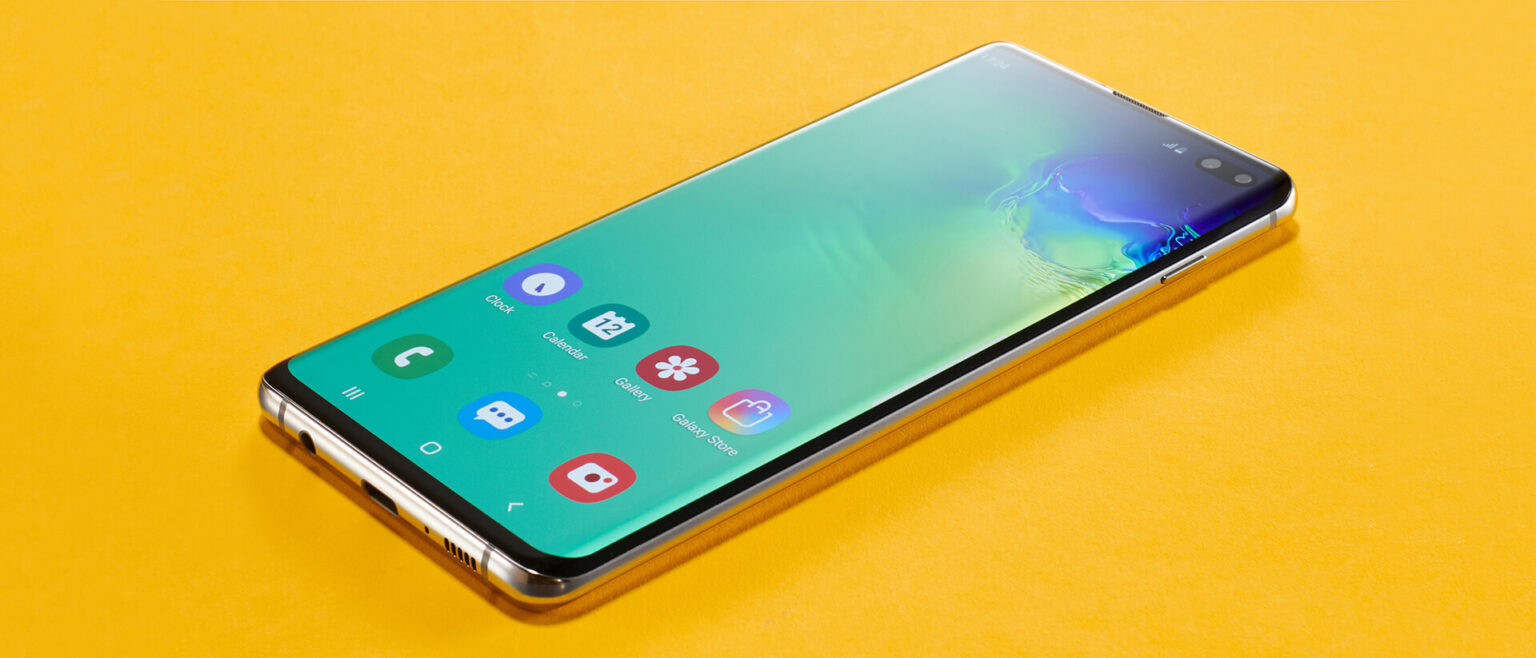
DISPLAY
Both the models provide you a stunning and mesmerizing viewing experience. Although OnePlus 7 Pro has the larger 6.67 inches FLUID AMOLED display with the resolution of 1440×3120 and 516 pixels per inches (PPI) as opposed to the Samsung Galaxy S10 Plus having a 6.4 inches DYNAMIC AMOLED display with resolution of 1440×3040 and 522 PPI. The screen to body ratio is 88.3% in OnePlus 7 Pro and 88.11% in Galaxy S10 Plus and both the displays support HDR 10+.
OnePlus 7 Pro offers you a crew all screen edge to edge display due to absence of any notch or punch hole providing you a hindrance free experience. It is more pleasurable watching your favorite shows & movies on netflix or playing high-end games. However, there is a punch-hole present in S10 plus which though is minimally intrusive but not having one is ideally a preferred way to go. So, OnePlus 7 Pro has an edge over the Galaxy S10 Plus here.
The other advantage which 7 Pro enjoys over S10 Plus is that it has a higher refresh rate of 90 Hz. The refresh rate of S10 Plus is 60 Hz. This refresh rate will translate to slightly smoother scrolling when you are jumping from one app to the other or navigating through your settings. So a higher refresh rate implies how faster your device will switch over from one application to other.
However, 90 Hz does not apply when you are actually using an application or playing a game. It is just meant for basic system navigation which to be honest is a thing which won’t matter to an average user.
Is there any aspect in display particularly where S10 Plus outperforms 7 Pro?
Yes there is, the S10 plus defeats the 7 Pro in the sense that it offers a Gorilla Glass 6 as opposed to the latter offering the Gorilla Glass 5. Although Gorilla Glass 6 offers the same scratch resistance as the Gorilla Glass 5 but it does have 2x higher drop durability than Gorilla Glass 5.
S10 Plus has a better peak brightness and it is certainly easier to see outdoors when you are underneath the Sun. Other than that, after examining both the models carefully, the S10 Plus is found to have a better display quality.
So after going through the display offered by both models, I would declare OnePlus 7 Pro to be the winner in this neck to neck competition here simply because it provides an all screen display which not only provides a lavish look up-front but also acts as a treat for the eyes in terms of the viewing experience. As far as actual display quality, sharpness and color accuracy is concerned, both smartphones have top-caliber display.
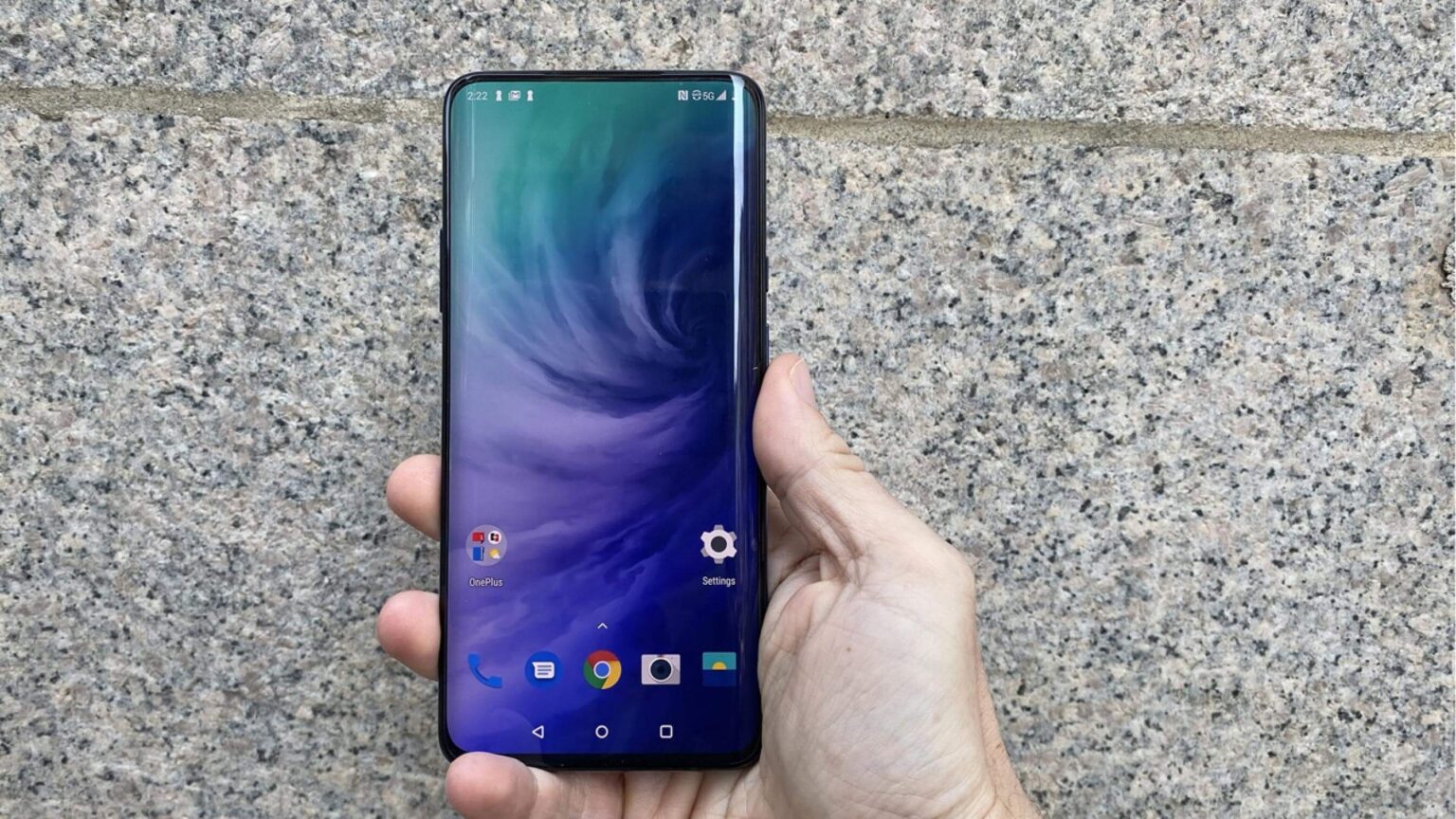
CAMERA
The camera quality of both the devices is stupendous. Both smartphones accommodate triple rear camera with overall setup.
The S10 Plus offers a 12 MP main camera with variable aperture ranging from f/1.5 to f/2.4, a 16 MP wide angle lens with f/2.2 & 12 MP telephoto camera.
On the other hand, OnePlus 7 Pro has a 48 MP main sensor that is gaining a lot of popularity since the release , 16 MP ultra-wide angle & 8MP telephoto camera.
Now coming to the selfie camera, the S10 Plus has two-snappers on front-one 10 MP with f/1.9 and another is 8 MP for depth sensing whereas the OnePlus 7 Pro has a pop-up selfie camera of 16 MP f/2.0 unit.
The dual front cameras in S10 Plus indicate that portrait selfies should turn out to be better. Besides, S10 Plus can also shoot 4K videos with its front camera which is not possible in 7 Pro.
Where the Samsung has this scene optimizer mode , the OnePlus comes with a smart content detection mode. When compared, Samsung’s scene optimizer mode is found to be more accurate and detailed.
Both devices have HDR modes and allow you to control it manually.
The dynamic range of photos was found to be better in S10 Plus. The photos are neither over-saturated nor under-saturated. The colors are beautifully differentiated and the clarity is visible.
On the other hand, some of the pictures clicked on 7 Pro were either under-saturated or over-saturated. However, the difference is very hard to notice. Besides, sharpness is very well-maintained in 7 Pro.
Talking about the nightlife photography, there is a difference and is clearly noticeable as well.
OnePlus 7 Pro captures night photos better because it retains the structure of the image even when we zoom-in. I am afraid this is not the case with S10 Plus.
As far as the telephoto department is concerned, 7 Pro offers you a 3x optical zoom and the S10 Plus offers 2x optical zoom. If we talk about wide-angle department, S10 Plus has a higher viewing angle (123 degrees) than the OnePlus super wide (117 degree) lens. The S10 Plus also excels in video recording. It has better super slow motion mode of 960 fps (not to forget the fact, that it can also produce action-cam like videos with 1080p resolution) as opposed to 7 Pro which can only go as high as 240 fps.
Other thing which drew my attention is that 7 Pro can only shoot videos using its main and telephoto lens which means there is no provision for wide angled video whereas in S10 Plus ,video can be shoot with all 3 cameras placed in back.
S10 Plus has comparatively better voice recording quality than 7 Pro. Yet both phones offer excellent high definition (HD) and 4K video recording at 30 fps or 60 fps with excellent shots and steady video stabilization.
Talking about the winner here, well we certainly know there are some performance aspects where S10 Plus took the lead over 7 Pro and vice-versa. But if we talk about overall camera performance, then S10 plus did a more splendid job here and obviously dominates this category.
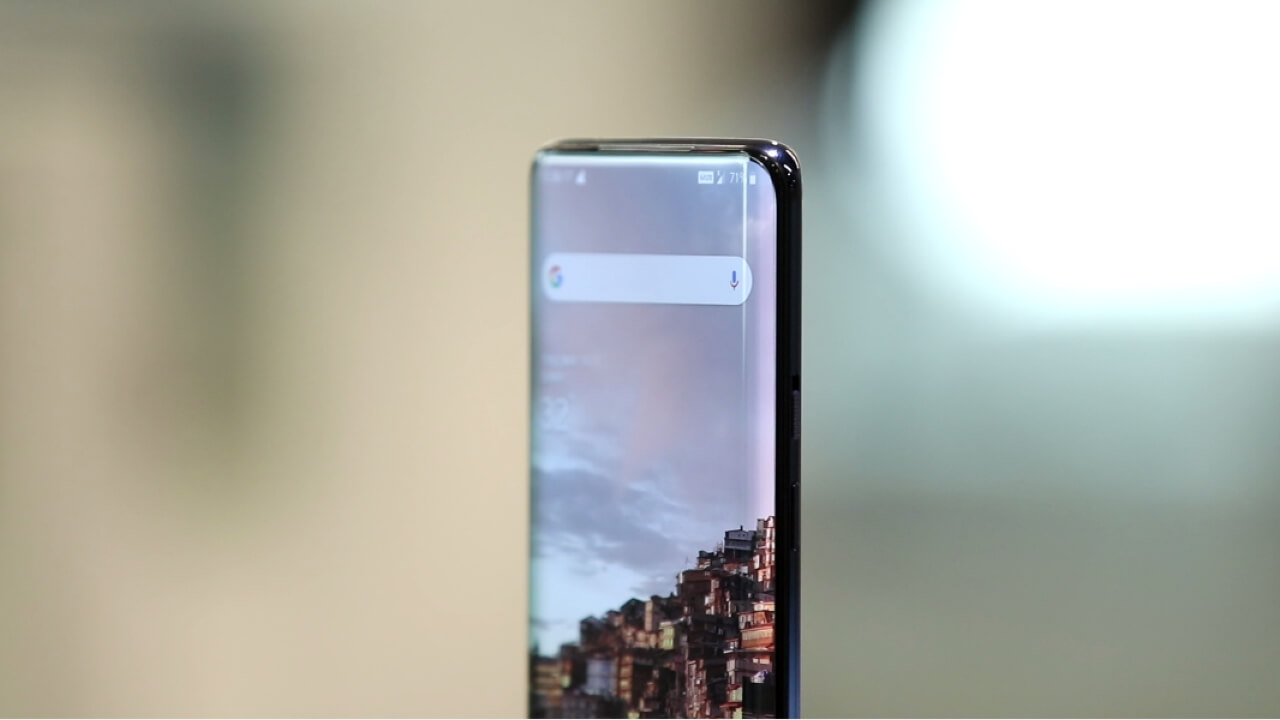
PERFORMANCE
OnePlus 7 Pro comes with a Snapdragon 855 Processor (based on 7nm architecture) of 6 GB RAM and 128 GB of storage for base model. You can also get 7 Pro with 8GB or 12GB of RAM combined with 256 GB of storage. However, there is no Micro-SD storage expansion option available.
Talking about S10 Plus, it accommodates EXYNOS 9820 OCTACORE chipset (based on 8nm architecture) and can be acquired in 128GB, 512GB, 1 TB storage option. The 1 TB of storage option is combined with 12GB of RAM and the S10 Plus comes with a MicroSD storage expansion option which allows you to get additional 512 GB of storage if required.
Both of the smartphones are extremely fast and both share nearly identical geekbench score. However, OnePlus 7 Pro offers you one advantage that it uses a faster on board VFS 3.0 storage as opposed to S10 Plus VFS 2.1 storage which gives it a lead in terms of absolute performance.
The smartphones handle everything you throw at them with ease and without any lags, no matter how heavy the usage is.
The winner in terms of the processor here is not possible to decide as there are comparative pros & cons on each side. While the 7 Pro has advantage as a faster processor, S10 Plus has its own advantage in the sense that it provides an SD card slot to expand the storage according to the needs. So it’s a tie here.
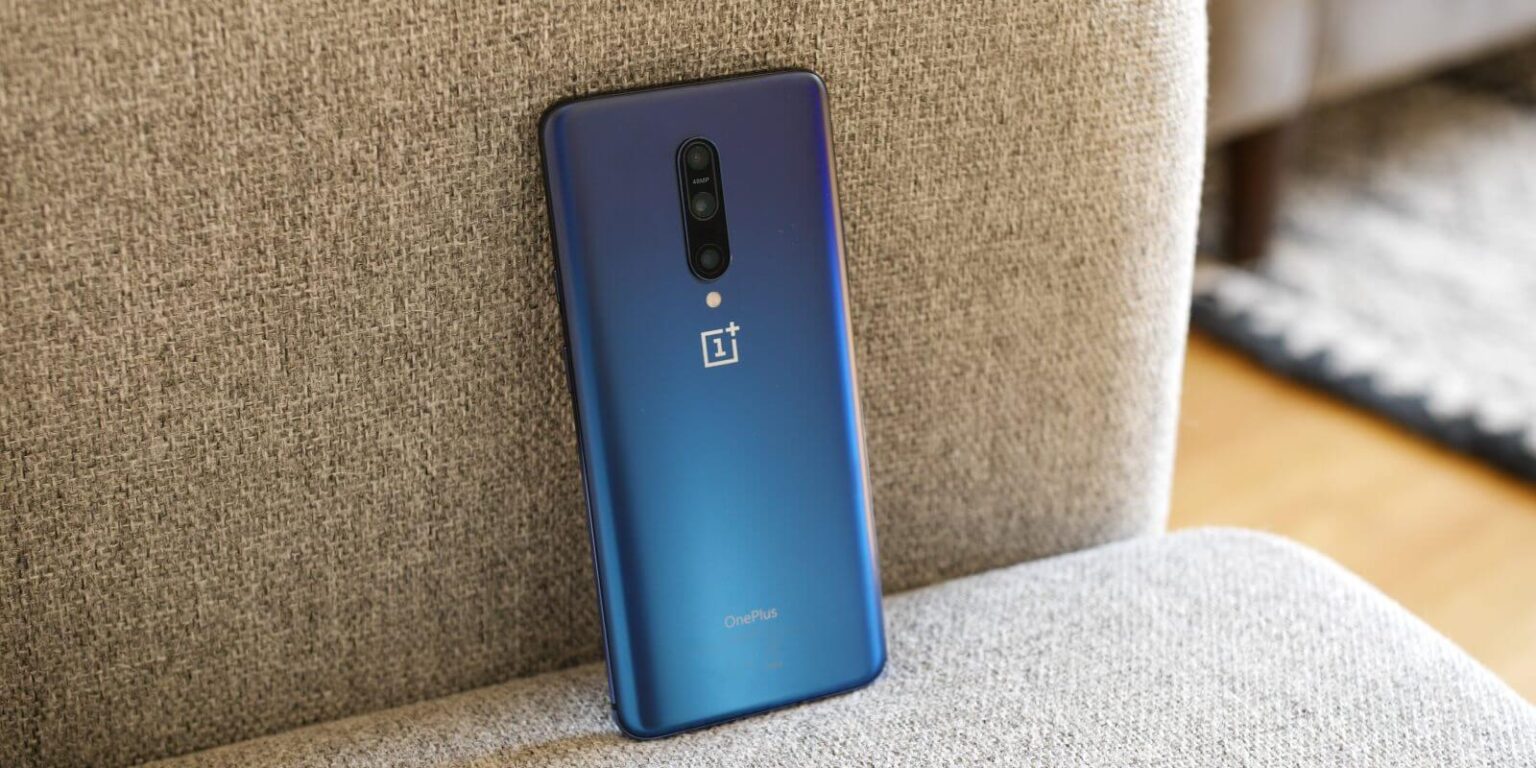
SOFTWARE
Software is very crucial in determining the whole experience related to the phone and gives an insight as to which smartphone is more effective.
Samsung Galaxy S10 Plus runs on the latest version of android with new Samsung One UI overlay which looks clean in its own way. It has introduces a cool looking dark mode with dark themes to optimize battery and also focuses on your reach ability with one hand. Several pre-set modes can also be seen. One feature which is worth mentioning is the all new “Samsung deck”. This built-in software feature allows you to convert your S10 Plus into a desktop like computer workspace with the help of just single cable and a monitor. So basically, we can also address S10 Plus as a portable lightweight desktop PC.
OnePlus 7 Pro comes with Oxygen OS overlay also running in latest android version. The phone not only offers you a gaming mode to optimize RAM usage but also a Fanatic mode or in other words an ultra gaming mode that takes care of CPU, GPU & RAM. It provides you a in-built screen recorder and also a “Zen mode” which stops you from using your phone for more than 20 minutes without any exceptions.
Software updates are very important as they help to enhance the performance of the phone by not only adding some extra features but also removing any flaws that were previously noticeable in the device. The software updates should be consistent and quck in order to stay up-to-date with the latest changes. This is the area where Samsung has been lacking from the past few years. The Galaxy smartphones software are often delayed and don’t hit all of their devices at the same time. This problem intensifies more for people living in different nations, they get different schedules, some of them taking a lot longer than the others whereas with OnePlus, softwares are spread uniformly across the globel. So with OnePlus you get the software updates more quickly and on consistent basis but this is not the case with Samsung Galaxy devices.
Well both the phones come with top quality software and to be honest the comparison is very difficult between both. Both of them are full of cool unique features and are upto their standards in terms of what they are known to deliver. I love both of them equally but if I have to choose one, I might prefer 7 Pro a bit over simply because they provide updates consistently. Other than that, I have no reason for prejudice.
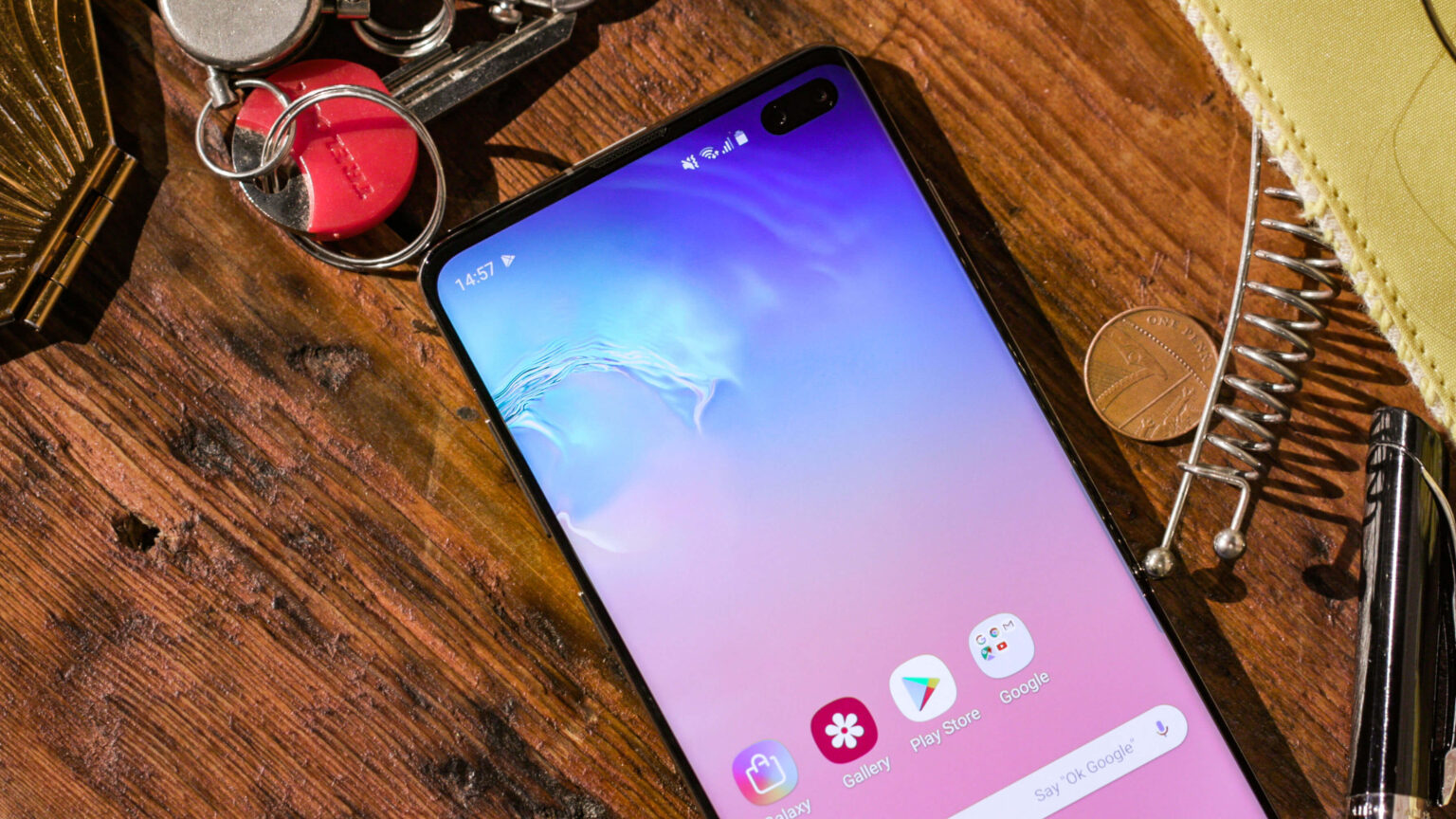
SPEAKERS
Both phones have dual stereo speakers and both offer Dolby Atmos sound which is pretty awesome. One of the speakers is bottom facing while the earpiece doubles as a loudspeaker.
The S10 Plus does take a lead in the sense that it offers a 3.5 milimeter headphone jack whereas the 7 Pro does not offer a headphone jack at all.
The S10 Plus sounds slightly more balanced and refined if you listen carefully. The Bass and Treble on S10 Plus is comparatively better. However, the difference is so hard to point out by an average user.
The sound while recording video is also better in S10 Plus. So I guess S10 Plus is the winner here.
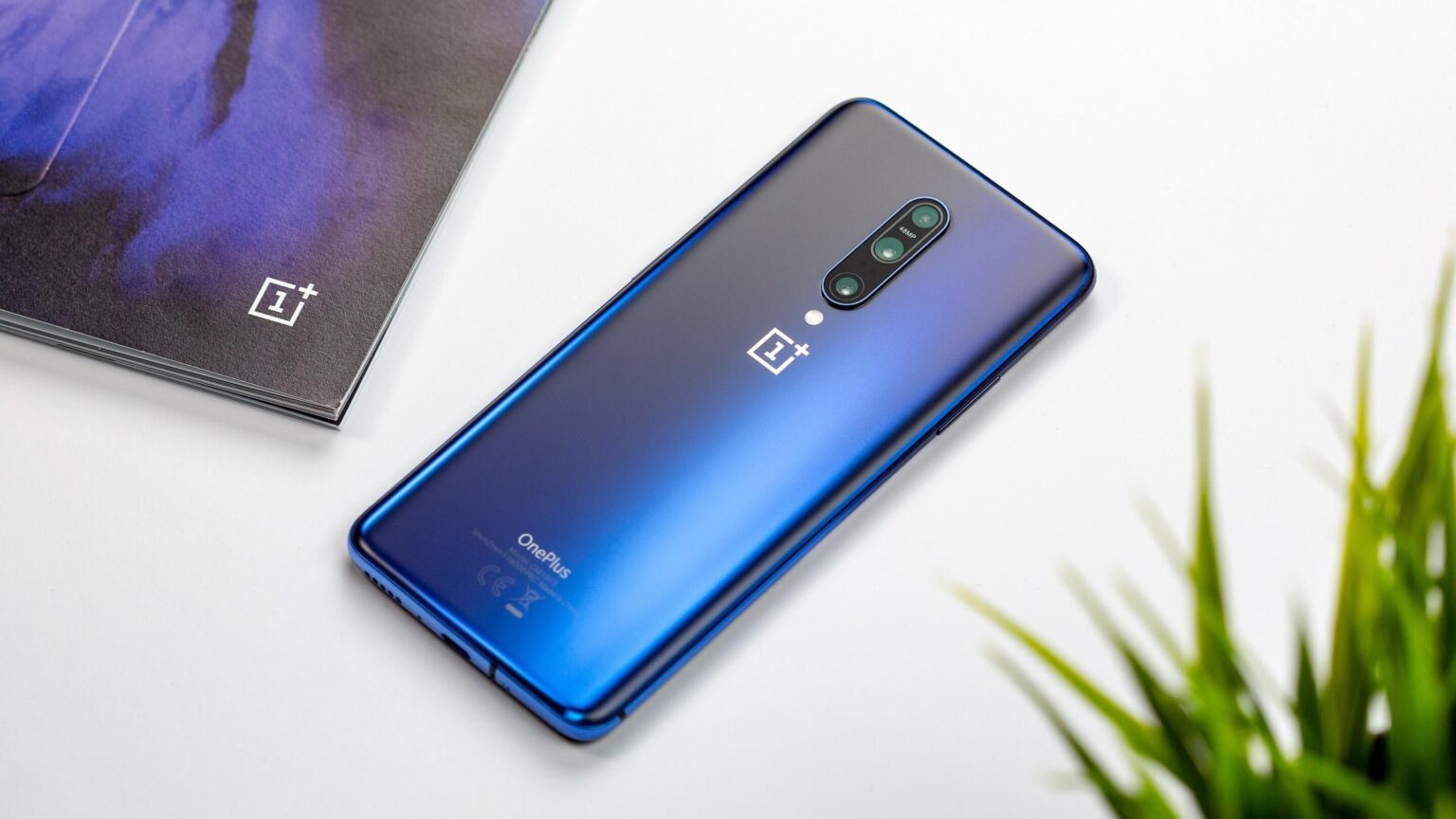
SECURITY
Both smartphones come with an in-display fingerprint sensor and face unlock feature. Security features work flawlessly in both devices.
You should keep this thing in mind that Samsung utilizes more advanced and expensive 3D ultrasonic sensor as its fingerprint (which can still detect fingerprints through wet or greasy fingers ) while the 7 Pro uses comparatively less secure 2D optical sensor. Overall, both sensors do an amazing job.
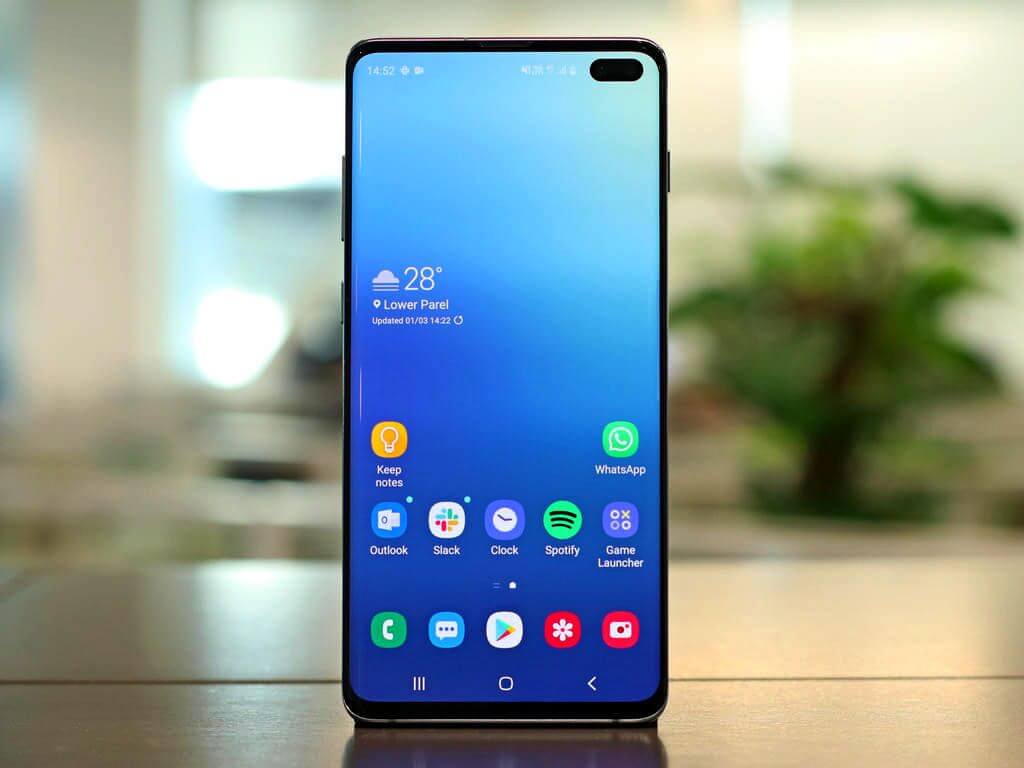
BATTERY
Now coming to one of the major aspects which influence our liking for the phones i.e. the battery performance. The battery capacity on Samsung Galaxy S10 Plus is 4100 mAh and that on OnePlus 7 Pro is 4000 mAh.
Now the battery performance may vary in terms of the usage conditions like the screen resolution or screen refresh rate set by the user but overall speaking, both the devices offer a full day of medium to heavy usage even with some percentage left for the next day.
When we talk about the wired fast charging , the 7 Pro offers 30 watts warp charging is faster than the S10 Plus. The difference in their charging speed is not twice however. The S10 Plus will charge from 0-100% in 1.35 hours while the 7 Pro will charge from 0-100% in 1 hour.
Now talking about the wireless charging, the 7 Pro is a bit of a disappointment here as it does not offer you a wireless charging option whereas the S10 Plus has the fastest wireless charging around providing a 12 Watt charge. The S10 Plus also offers a suitable reverse wireless charging feature known as “wireless power share” which allows you to charge gadgets or smartphones using the back of the device.
In this segment, it is very difficult to determine a winner here as both devices outperformed each other simultaneously. Where the 7 Pro delivers you a faster wired charging but it also lacks feature of wireless charging. Although I am not impressed with Samsung’s 15 watt charging but they certainly make it up to me by delivering the “wireless power share” feature which makes S10 plus a clear winner in this department.
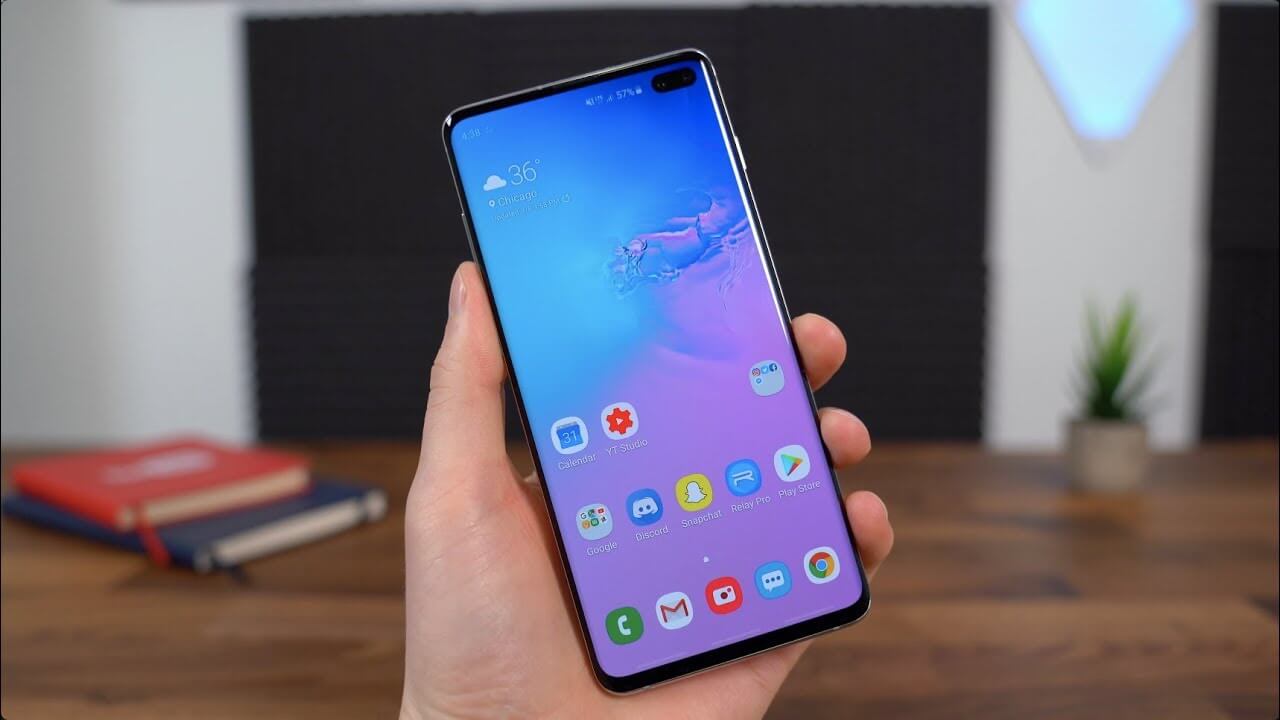
WHICH ONE YOU SHOULD BUY?
It is very hard to decide the winner when the comparison is between those brands which strive for perfection. Well, the difference in their pricing is so vast that choosing the right smartphone becomes even more important. If the prices were similar, S10 Plus would have been the clear winner. It excels over 7 Pro in the sense that has a headphone jack, it allows MicroSD expandable storage option, Front camera is better due to dual lenses, enables wireless charging and wireless powershare, and simply more expensively built smartphone. On the other hand, OnePlus 7 Pro is priced much lower, gets consistent software updates and provides an all screen display without having any notch or punch hole.
Why Should You Buy OnePlus 7 Pro?
If you are limited by your budgets or You have a habit of switching to new phones after a year or so, then I think spending $1000 on a phone does not make any sense. Although I believe S10 Plus has some better specs undoubtedly, but paying $330 just for some additional features isn’t justified. OnePlus 7 Pro may not be better than S10 Plus but it is one of the best fastest phones in the market at this price range. So I guess going for OnePlus 7 Pro may be a smart choice.
Why Should You Buy Samsung S10 Plus?
If you prefer expensively build smartphones and budget is not a primary issue for you. And if you are very much influenced by the camera functioning, especially if you are into portraits and selfies as well as in rear then I guess there is no reason why you shouldn’t be going after it. Wireless charging and wireless power sharing acts as a cherry on the cake.
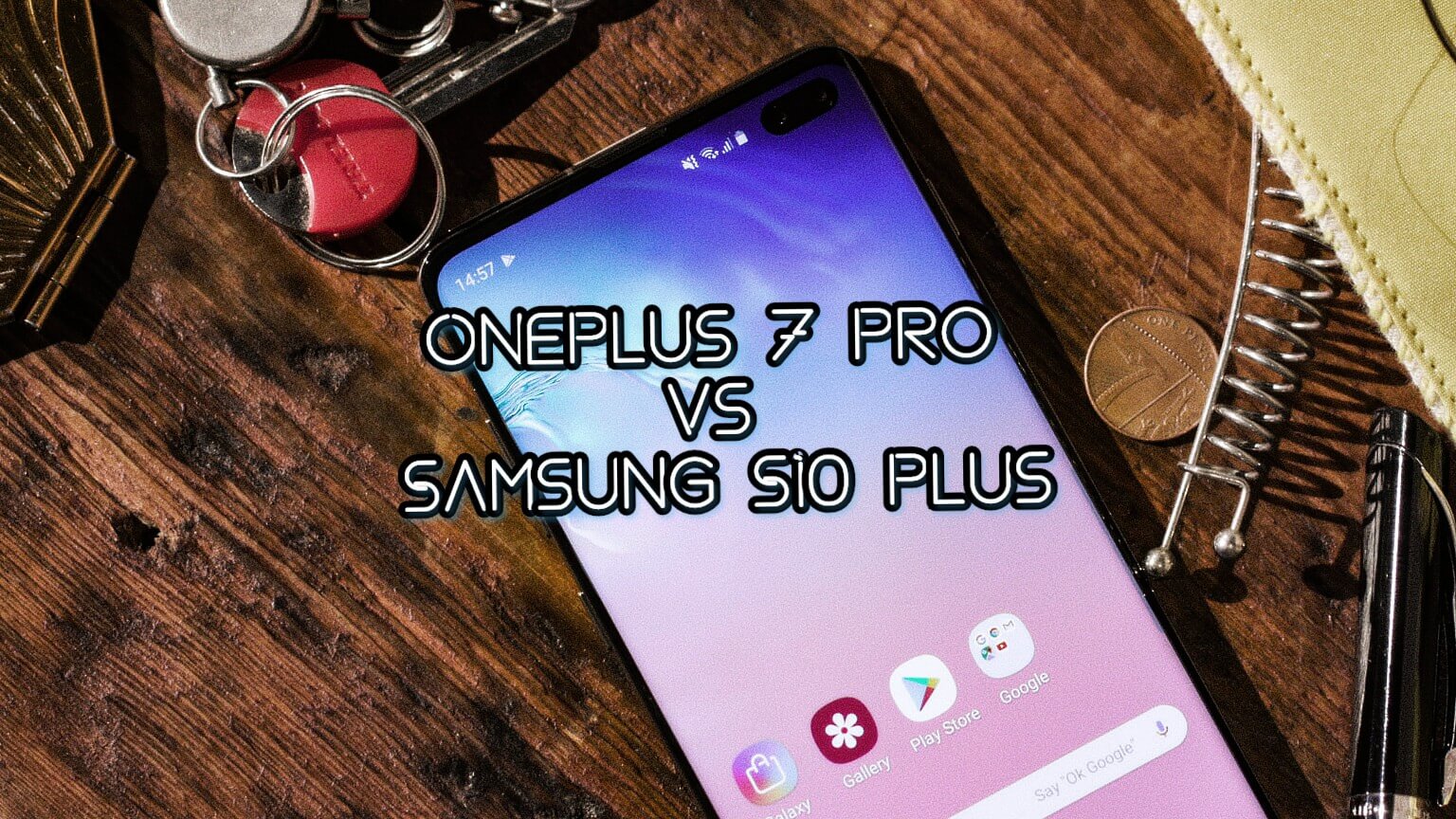
![iPhone 14 vs iPhone 13 vs iPhone 12 [Updated Guide]](https://www.theworldsbestandworst.com/wp-content/uploads/2022/11/iPhone-14-vs-iPhone-13-vs-iPhone-12-768x432.jpg)
